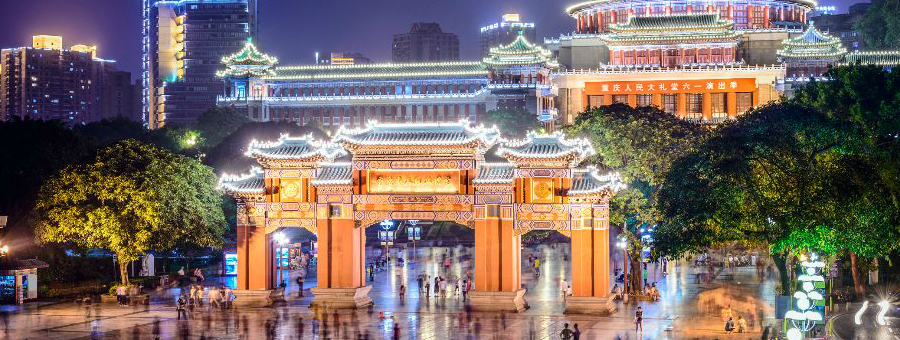China’s biggest "mountain city" Chongqing is one of the three starting cities of Yangtze River Cruise, thus many travelers would like to have a one day Chongqing tour before they embark on the luxury ships and begin China’s most legendary voyage.
There are many to explore in Chongqing--the profound, enticing culture, the well-arranged streets and houses melting into the fog (the city is also renowned for heavy fog), the beautiful mountain landscape stretching charmingly, and the excellent spicy foods in Chongqing--so that you can experience Chongqing culture in-depth. On this post, we list top 8 must-visit places, i.e., best places to visit in Chongqing for a unique and memorable cultural trip.
Brief Introduction to Chongqing Culture
The culture of Chongqing can be understood from multiple perspectives. Firstly, Chongqing has a long history, dating back to the Ba culture period (approximately 12th century BC - 5th century BC). It was also the second capital of China during the War of Resistance against Japanese Aggression, holding significant political and military importance. The Yuzhong District is where the ancient city of Chongqing is located, and it preserves historical and cultural districts such as Liberation Monument and Hongya Cave.
Chongqing's traditional customs and arts include Sichuan Opera, paper-cutting and folk craftsmanship, as well as pottery and bamboo weaving.
Of course, to understand Chongqing culture, one must also understand its cuisine culture, which is characterized by its strong flavors, spiciness and smokiness. Chongqing hot pot is famous throughout the country, known for its spiciness, freshness and fragrance. Chongqing small noodles are authentic street food.
In modern times, Chongqing has its own unique urban culture, blending the mountain city culture, three-dimensional transportation, nightscape, as well as skyscrapers.
Chongqing's Cultural Attractions at a Glance
| Category | Representative Attractions | Key Highlights | General Area |
| Historical Buildings & Relics | Huguang Guild Hall, People's Hall and People's Square | Ming & Qing architecture, immigration history; combines Chinese palace style with Western structure | Yuzhong District |
| Grotto Art | Dazu Rock Carvings | UNESCO World Heritage Site, represents late Chinese grotto art, integrates Buddhist, Taoist, and Confucian statues | Dazu District |
| Ancient Towns & Folk Culture | Ciqikou Ancient Town | Old Chongqing atmosphere, traditional Bayu architecture, local snacks & handicrafts | Shapingba District |
| Revolutionary Memorials | Liberation Monument, Baigongguan, Gele Mountain Martyrs' Cemetery | Historical witness, China red education | Shapingba District |
| Characteristic Landscape Areas | Hongyadong | Traditional stilted houses (Diaojiaolou), spectacular night lights, commercial & cultural complex | Yuzhong District |
| Museums | Three Gorges Museum | Comprehensive exhibits on Bayu culture, Three Gorges culture, WWII history, migration culture, and urban culture | Yuzhong District |
Ciqikou Ancient Town
Built in Song Dynasty, Ciqikou is over 1000 years old, and was an important commercial dock by land and water. Here you can experience the ancient Bayu Culture, local religious life, discover some historical sites of WWII, and many interesting folk activities.
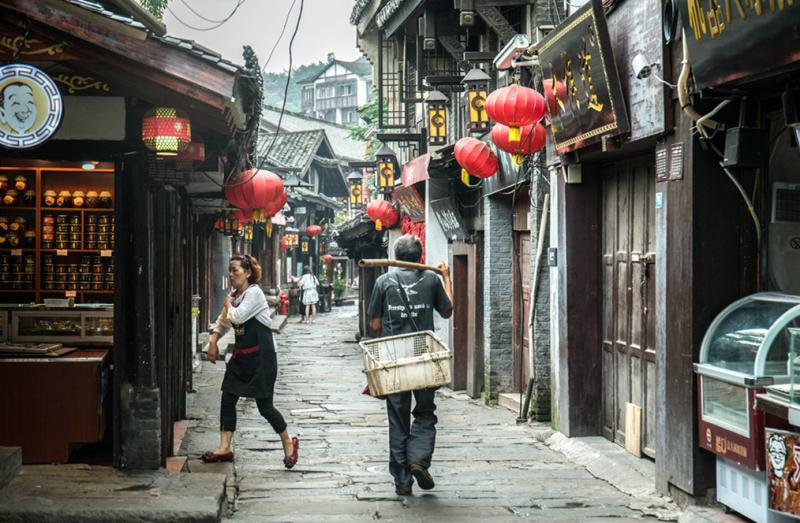
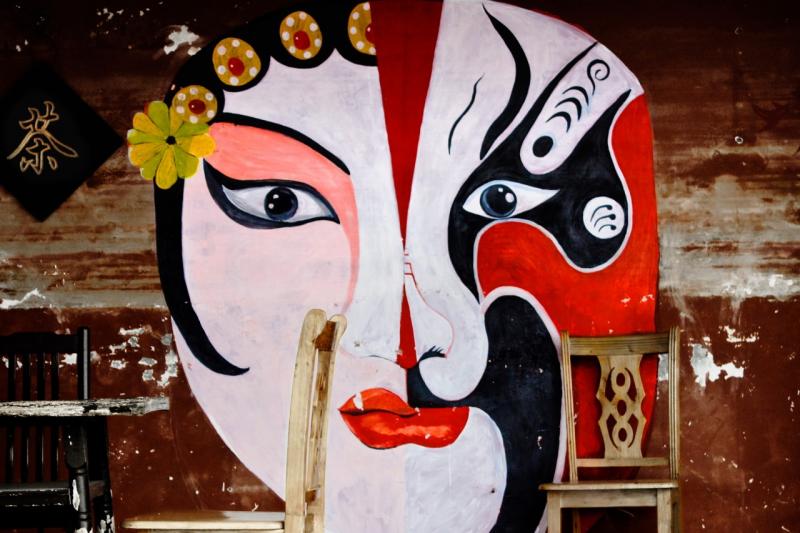
Highlights: East-Sichuan architecture, wood or bamboo-made dwellings, temple fair during Spring Festival, Sichuan Opera, teahouses, traditional craft like dough figure, oil manufacture, sugar refinery
Liberation Monument Shopping Area
Around the Liberation Monument, the most important landmark of Chongqing, the city government built China’s first commercial pedestrian street - Jiefangbei Pedestrian Commercial Street. It is ideal for shopping, entertaining and dining. 300 meters away, Chongqing’s most famous food street offers all kinds of local specialty foods and snacks.
Three Gorges Museum
One of the largest historical museums in western China, the Three Gorges Museum is the premier destination for showcasing the history, culture, and ecological environment of Chongqing and the Yangtze River Gorges region. Major exhibitions include historical artifacts, natural ecology, and folk culture, presented through multimedia interactions, physical displays, and historical materials on Yangtze River civilization.
Hongya Cave
This hillside complex of traditional stilted buildings reflects Ba-Yu architectural heritage, with nightscapes reflecting beautifully on the Jialing River. It features snack streets, handicraft shops, and specialty restaurants, making it one of Chongqing's premier photo spots.
>> Recommended 1 day Classic Chongqing Tour
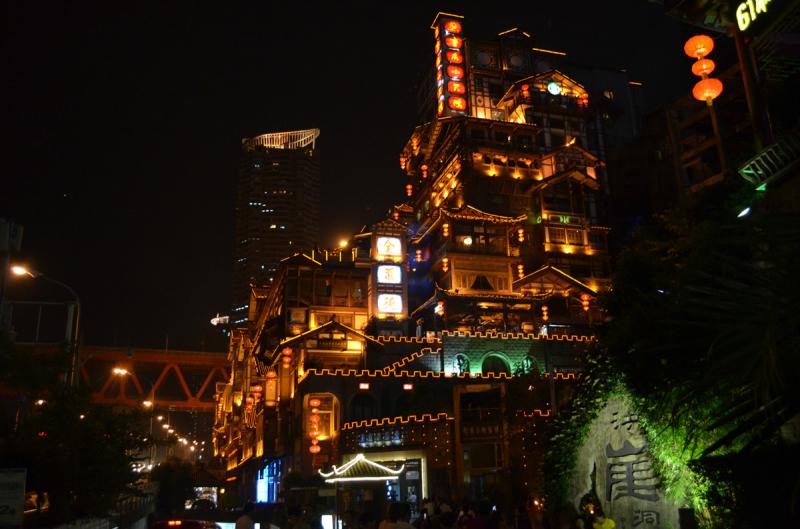
Dazu Rock Carvings
Now a UNESCO World Heritage Site, these carvings represent one of China's most significant Buddhist cave complexes. Originating in the Tang Dynasty and flourishing during the Song Dynasty, the main scenic areas include the Baodingshan, Beishan, and Shimen Mountain carvings.
>> Recommended Chongqing to Dazu Grottoes Day Tour
Zhongshan Four Road
The 800-meter-long street is jammed with historical building and museums, mainly of Anti-Japanese War period during WWII.
Highlights: The museum of Chinese democratic parties, Gui Garden, Zhou Residence, Dai Residence.
Eighteen ladder Road (Shiba Ti)
The best place to see the old Chongqing, it used to be the main street of the city. Its prosperity is far gone, but turns to be a charming cultural street, where you can find stone-slab streets, traditional noodle stalls, the old barber's shops…
Eling Park (Goose Neck Park)
A rich businessman Lee Yaoting built it in 1909 as a private garden, now it becomes a popular public park among locals. Sited in the highest place of the Yuzhong Peninsula, Eling Park is famed for the grandness, steepness, and elegance. Here you can have the best view of the mountainous city Chongqing and the majestic Yangtze.
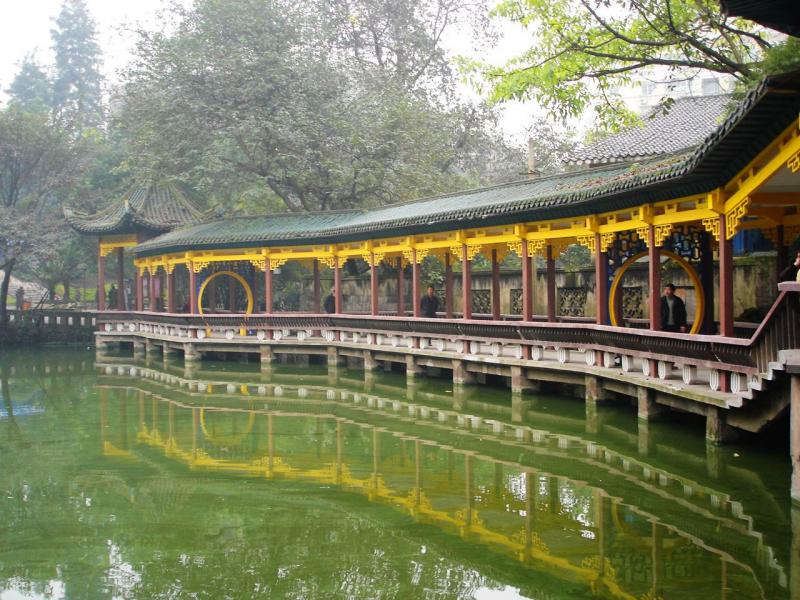
Chongqing Night Scene
Enjoy the wonderful Chongqing night life and the beautiful night scene as the neon is lighted. Best places for the night view include Eling Park, One Tree Observation Deck on Nanshan Mountain, the night cruise, Hongya Cave.
Chonqqing Travel Tips to Explore the Must-visit Places for Culture
So, how to plan your route to explore Chongqing's cultural attractions? One thing you must have already known, Chongqing is a “Mountain City,” where attractions may seem close in a straight line but often involve uphill climbs, downhill descents, or detours. Strategically planning your itinerary can save you considerable energy. For instance, when visiting the Mountain City Trail, start at the “Consulate Lane” entrance—this downhill approach makes for an easier hike.
How to choose transportation? Chongqing's light rail/subway system is highly convenient for reaching attractions throughout the city. You can also experience the unique spectacle of the “light rail passing through a building” at Liziba Station. Alternatively, use the “Chongqing Public Transport QR Code” to scan and ride.
>> Recommended 2 days Chongqing Highlights Tour
